ASUS F2A85-V Pro Review: A Look at FM2 with A85X
by Ian Cutress on October 10, 2012 11:20 AM EST- Posted in
- Motherboards
- Asus
- Trinity
- FM2
- A85X
ASUS F2A85-V Pro Software
The software package provided by ASUS is often cited by us as one of the best software packages with a motherboard, and this is still true on the FM2 socket and Trinity processors. The install CD is the same platform used by ASUS on their Intel products, with one menu for software and another for utilities. Each of these menus allows for a one-click ‘Install-All’ option, and clicking through allows users to deselect certain options that may not be relevant to them.
Within the software package, Daemon Tools Pro was installed by default. I have used Daemon Tools for years – it is a great piece of software for mounting disk images.
The main software package revolves around ASUS’ AI Suite. This software acts as an interface for the smaller additional programs that ASUS create for use on the motherboard.
ASUS AI Suite
The main bar of AI Suite splits the sub-programs up into groups, with two of the major utilities having their own buttons. In the case with the F2A85-V Pro this is the Auto Tuning option for overclocking and the Remote Go utility for media and file organization over network connections to tablets and smartphones. We will go through these in turn.
TurboV Evo
TurboV Evo is the operating system based overclocking tool provided. It allows for changes of all the important voltages and frequencies onboard, as well as providing the Auto Tuning options for ‘Fast’ and ‘Extreme’ overclock settings. I usually find TurboV Evo a good bit of kit when overclock testing, though I would like to put in some values by numbers rather than having to fiddle with sliders all the time.
DIGI+ Power Control
In order to give users better control over the power delivery, ASUS implements their DIGI+ Power Control on the FM2 boards as well. There are fewer options here than on some of their higher end Intel board offerings, but if a user wants to give more current capabilities or adjust load line calibrations through the OS for overclocks, the options are here for both the CPU/APU and the DRAM.
In a similar vein, we also have the EPU (Energy Processing Unit) menu and settings, designed to adjust and power gate different parts of the motherboard to save energy.
Fan Xpert 2
ASUS are well known in the motherboard space for using better fan controllers that the rest of the motherboard industry – typically one per fan header which is configurable within the BIOS and in software. The beauty of these fan headers lie in their independent control – the system has access to the RPM output and can adjust the speed on the fly. Pair that up with some software that actually can manipulate such a system and we have a nice fan configuration. The software behind this is Fan Xpert 2 – bundled as part of AI Suite, it will test all the fans in the system and provide RPM vs. Power applied graphs (as this relationship is rarely linear). This allows users to adjust the temperature/RPM curves as required – the only thing missing is the ability to apply hysteresis.
USB 3.0 Boost
As part of the ASUS methodology, we have onboard an ASMedia controller which can take advantage of the most up to date USB 3.0 transfer protocols. By attaching a compatible USB 3.0 device, and a click of the USB 3.0 Boost interface, the software will apply a driver over the standard ASMedia driver in order to enforce these under the hood commands. As we have shown in previous reviews, this affords a nice bump in the speeds provided at low transfer size workloads, making a USB device more tenable for everyday random access use rather than just storage. USB 3.0 Boost can also apply a modified driver to the chipset USB 3.0 ports for a similar boost using BOT protocols rather than UASP. (Note, this should become moot for Windows 8, where UASP will be a part of the standard driver package.)
Network iControl
For the past couple of years it has been clear that users in the motherboard industry would prefer the ability to manipulate the network ports onboard their system. While doing some epic downloading while playing a twitch FPS online is a little bit of an odd combination, using software tools in the OS to manage the priority of these programs is never a bad thing. On the ASUS side this comes in the form of Network iControl, and within this software the user can adjust the software that uses the Ethernet connections and rank them in order of priority. Alternatively the system can be left on automatic, and the program will use a series of pre-defined rules to prioritize a lot of the well known programs that typically rely on low-latency throughput.
Elsewhere in AI Suite we have advanced charging software in the form of AI Charger+ and USB Charger which will manipulate the current output of specific USB ports if the appropriate device is connected. This will help greatly with charging devices, using up to 1.5A rather than 300mA. I have been asked to test this feature in future reviews, and when I have an accurate setup I will start to test these charging features. Specifically AI Charger+ is for Apple products, and USB Charger is for other devices (Kindles, smartphones et al.).
ASUS also use their USB BIOS Flashback software here, allowing users to update the BIOS without having a CPU, Memory or VGA connected. This is a feature that helps protect the product in case new CPUs are released and microcode updates are needed. If a user buys a board that is not compatible with their processor, in the past an older processor had to be found in order to update the BIOS. This is no longer the case with USB BIOS Flashback.


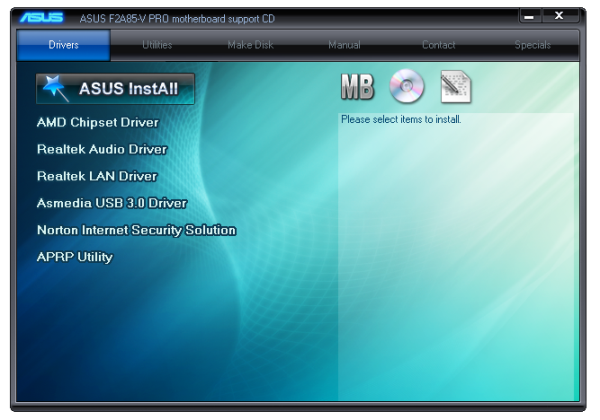
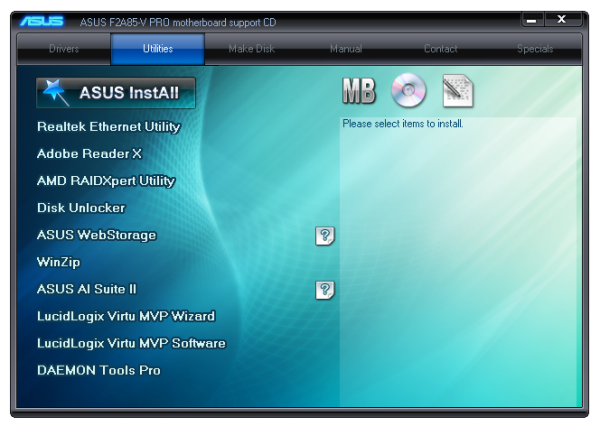

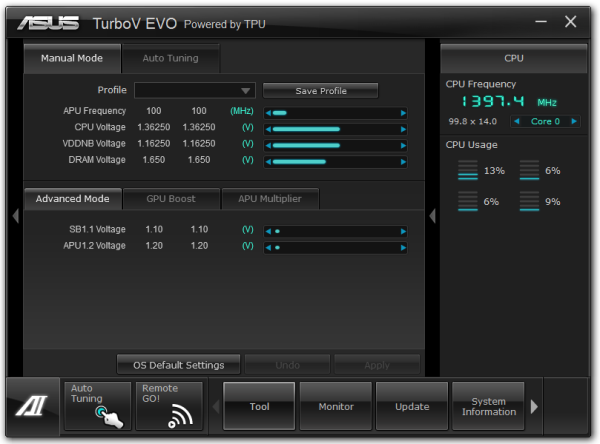
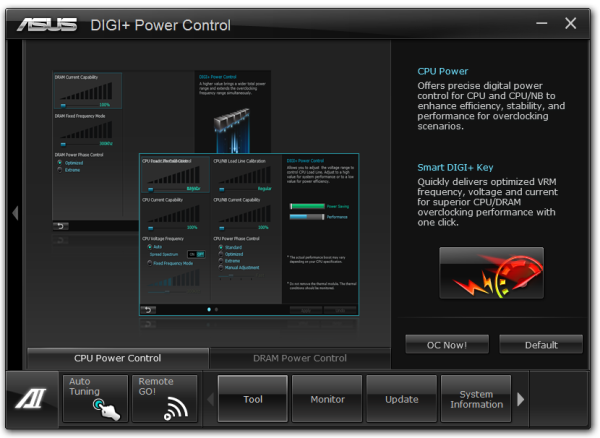
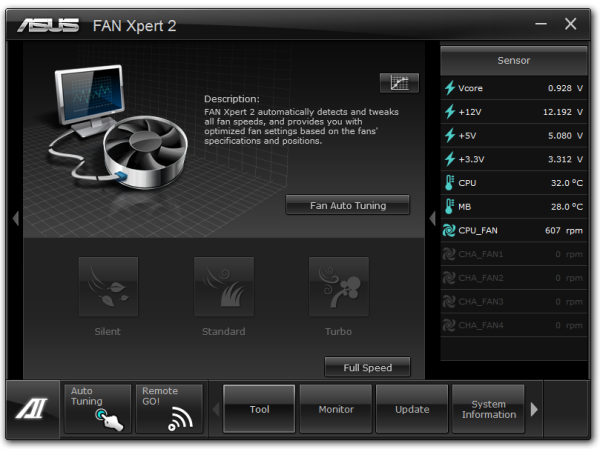
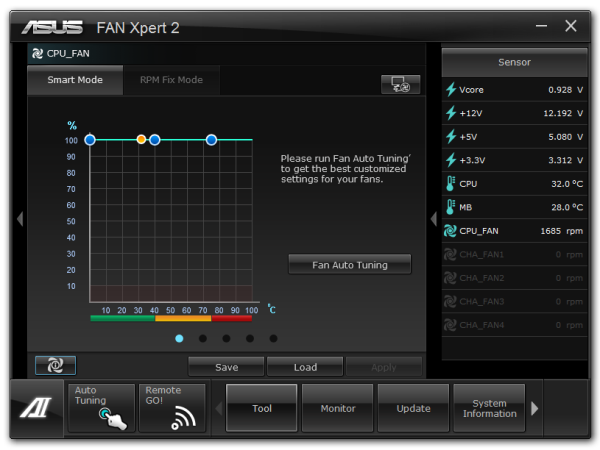
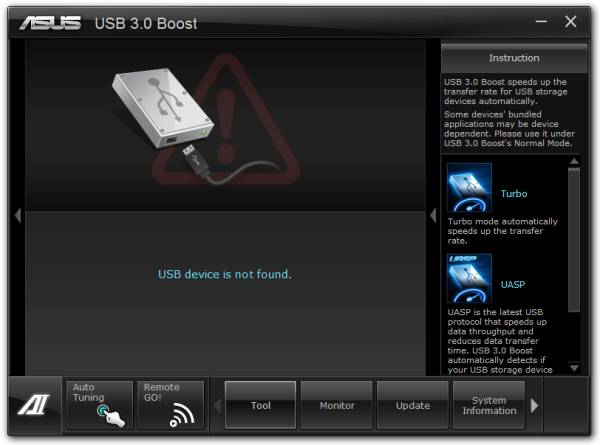














66 Comments
View All Comments
IanCutress - Wednesday, November 28, 2012 - link
1) Interestingly enough it is not a reviewers job to debug. I do correlate my results to the manufacturers, but I test on the latest publicly available BIOS at the time of testing. If I sat around waiting for 'the next BIOS' then each review would take 3x as long and I couldn't feed my family. Sorry to disappoint. (Also, not all reviewers are masculine as per your pronoun usage.)2) The USB 3.0 and SATA 6 Gbps are both native on Intel and AMD unless specified otherwise. I believe it is an appropriate comparison. People deciding to upgrade will want a comparison between what is available now in the market, not what was on the market. There is scope for editorials to look at how certain dynamics have changed over the years, but also tests change. My old data for 9xx chipsets is not relevant here.
3) Again, tests change over time in order to correlate with newer hardware and test the capabilities. If you have the spare time to dig out the hardware and run the newer tests, that's up to you. The other 14 motherboards I have in needed to be tested get priority here otherwise they become irrelevant. I would love to have infinite hardware and infinite time to do the comparisons, but that is not a logistical possibility.
4) Each chipset is tested against a single CPU. P67/Z68 was i5-2500K, X79 was i7-3960X, FM1 was A6-3650, FM2 was A10-5800K.
5) My apologies, next time I'll forgo the initial release review because it's the only board in my hand before release and wait a few months until I have six reviewed then post them at once when they become a little irrelevant.
6) Have you? Have you got time to do stability testing? What about testing it at high altitude, or in the Sahara?
If you believe there are things missing from the review, helpfully suggest additions for future consideration. My email is through my name on the review.
brookheather - Thursday, October 11, 2012 - link
Typo - "there is few reasons to jump on board to Trinity".Mugur - Friday, October 12, 2012 - link
Well, she was hot back in the first Matrix days... :-)silverblue - Thursday, October 11, 2012 - link
"With that being said, it is clear that video conversion is an INT process and all four of the A10-5800K INT units are being used"Are they, though? If so, it's a bit disappointing. Are all four threads maxed out in Task Manager? It'd be interesting to see a 4C/4T Intel processor thrown in there (2500K seems a perfect candidate) as well.
From looking at this, it should mean that an identically clocked Piledriver (83xx) CPU wouldn't be too far behind the 3770K in this one test. It does also mean, unfortunately, that even with linear performance scaling, even the top Piledriver CPU won't dethrone Thuban in the 3DPM MP test.
Soulnibbler - Thursday, October 11, 2012 - link
What does is this line in the performance section supposed to mean?QUOTE:
From a practical standpoint, the lack of floating point units in the CPU gives cause for concern as not everyone codes in hex or integer style (my own personal software all uses FP – INT would be confusing to code for me for negligible gain on most architectures).
/QUOTE:
I'm assuming you are referring to the bulldozer/steamroller architecture with a shared FPU unit per pair of integer units. On first reading it implies (and this implication is uncontested by the bizarre contents of of the following parentheses) that there is no floating point unit on the chip. That is patently wrong as there is a rather nice FPU shared between every two integer cores.
The other interpretation is that you think it needs MORE than half an FPU per core. That is an arguable point, but then the strange text in the parentheses paints you as someone who needs much more study towards what actually happens in a program. So much of your normal computing occurs in integer space. There isn't really any sort of program I can easily think of where you don't use integer operations (even memory mapping is integer) many times in order to prepare to do a single FP operation. The counter examples are all pretty much graphics examples where we want to work on vectors. The Trinity FPU has a nice vector processor too. If you break down and look at the machine code that any of your programs use you will find that an overwhelming (much greater than 66%) of that code is integer code.
Crying OH NOES 1/2 A FPU, is not good reporting. YES the AMD chips lag the Intel chips, YES the design parameters are different. The unfounded supposition that performance difference are due to that specific portion of the architectural choice is frankly bad journalism. If you want to make claims like that you have to point to a set of benchmarks that demonstrate clearly that the 1/2 FPUs are to blame. I doubt this is the case as most analysis that I've seen points to larger memory subsystem problems as a much bigger factor.
IanCutress - Wednesday, November 28, 2012 - link
If your supposition is true, then the A10-5800K should not experienced as much of a decrease against the competition as it did do in the results.My 3DPM results clear my position on the matter:
"In the single threaded test, a lot of conclusions can be drawn from the comparison of AMD architectures. Direct comparison of Piledriver to Bulldozer (A10-5800K to FX-8150) gives a boost in single core performance of 7%, however comparing the old Stars cores of the A8-3850 at 2.9 GHz is roughly the same as the new Piledriver core at 4.2 GHz. So even with a 1.3 GHz advantage, Piledriver is only as good as Stars and less efficient in floating point results. If we compare Piledriver to Thuban, i.e. A10-5800K to X6 1100T, the Piledriver core gets stomped on by a good 25% performance. I find this quite staggering – most of the code I ever encountered as a computational chemist was floating point based, dealing with single and double precision on a regular basis. On this result, I would steer clear of Piledriver.
The multithreaded version of 3DPM is slightly tougher to analyze. Due to the FP nature of the program, the A10-5800K is essentially a 2 core FPU processor, whereas all the other comparative AMD processors have either 4 or 6 FPUs to play with. What is perhaps worth considering is that the Bulldozer processor with 4 modules scores 326.32, whereas the Piledriver processor with only 2 modules scores 203.06, which is more than half. This would mean that the Piledriver core actually achieves 20% better performance at the same frequency, despite our ST test giving Piledriver only a 7% increase. Part of this could be put down to the architecture improvements – improved scheduling for heavily threaded loads, one of the downfalls of Bulldozer but was improved in Piledriver could be the reason here."
My basis for my comments is from a computational complexity standpoint. Sure memory mapping may be an int process, but if I only do it at the beginning and end of a matrix transformation (and thereby having a total processing time less than 0.1% of the program) then it becomes insignificant.
What AMD have done is project that applications in the future which require heavy computational throughput will be driven by INT ops. The big software vendors can do this, making video conversion and ray tracing type applications enhanced by use of INT ops. But for the non-CompSci scientist who relies more on readable code but also wants a speed increase, then going all out on the INT side may not be possible, and we get limited performance due to the scheduling and the lack of pure grunt due to the gutted APU. It's a design choice AMD have to live with, and I'm not the only one who is not entirely in favor of it.
Scootiep7 - Thursday, October 11, 2012 - link
Ok, I'm trying not to break down and just buy a Llano for my HTPC build, but does anybody know how much longer it'll be till I can get some nice options for a mini-ITX such as http://news.softpedia.com/news/MSI-Presents-FM2-A7... and the 5700k? What's the holdup on these!groundhogdaze - Thursday, October 11, 2012 - link
AMD should play to their strengths which is an affordable CPU with a relatively fast integrated GPU. That means focusing a small form factor systems such as AIO, ITX, HTPC class systems, however, I am surprised and disappointed at the relative lack of options when it comes to ITX FMx motherboards. I sold my AMD stock when I concluded they had their strategy wrong. Most folks who want to use a full sized case would also want to use a dedicated GPU, otherwise, what's the point of having a full sized case? Wrong marketing choice.Unless AMD can improve their heat/power ratings, the Intel G530 makes better sense as a NAS solution as it is dirt cheap and uses less power than its advertised 65w TDP while running circles around the Atom class processors. I hope AMD is reading the forums and best luck to them.
Mugur - Friday, October 12, 2012 - link
You are right. Full ATX and Trinity makes little sense. mATX and mini ITX with 8 SATA3 and integrated graphics should be the focus. Full ATX in fact makes little sense today, anyway... :-)If you want more than a NAS from a server, the best 65W Trinity part should be nice. I have a Phenom II X2 rated 80W in my HTPC and an Athlon II X4 (95W) in my server at home. Neither of them comes even closer to their rated TDP, according to the "green" ICs and software of the motherboards (Gigabyte and Asus).
silverblue - Friday, October 12, 2012 - link
AMD seems to volt their processors conservatively, so K10Stat (or other utilities) or using the BIOS to reduce the voltage may prove useful in reducing power consumption noticably without affecting performance more than a couple of percent.Toms ran an article on this as regards Trinity, and have done so with various AMD models in the past:
http://www.tomshardware.com/reviews/a10-5800k-trin...
Saving 14W for a tiny performance deficit is more than acceptable in my eyes.
I undervolted my Phenom II X3 710 as per the following article:
http://www.tomshardware.com/reviews/processor-powe...
(though I needed to raise voltages by 0.025v to keep it 100% stable in my case)